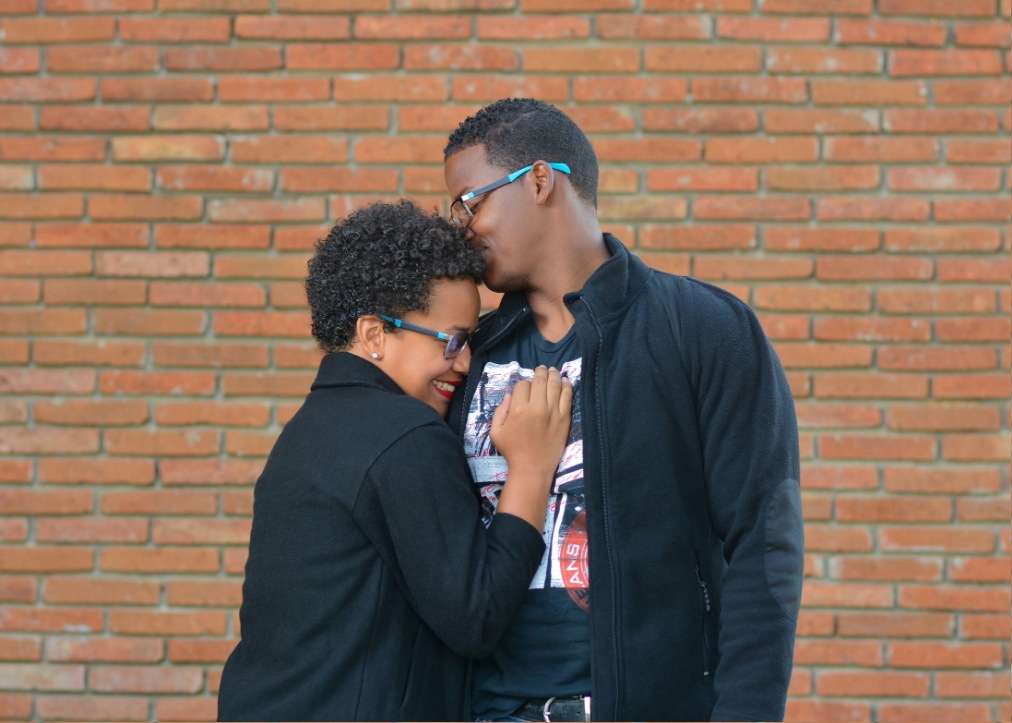Content versus connection
Oftentimes when I’m working with clients, their central concern is a desire to discuss issues about work, money, children, or their sex life: aka content
What couples often don’t understand is that it is very difficult to talk about any kind of content if you are not connected to each other. Trying to talk about important issues while you’re feeling defended or angry leads to fighting, and the content gets lost.
The trick to getting through content together is managing the connection you have with your partner. As soon as you realize that you are disconnecting, try to pause and re-establish how you want to be feeling with each other. I’ve found that this is best done by naming how you want to feel and have your partner feel, not how you don’t want to feel. Securely attached partners know how to get themselves and their partner back to connection when they are feeling disconnected.
Sometimes simply holding hands and looking into each other’s eyes without talking for one minute can actually reset your connection. Research has shown that looking into your loved one’s eyes can help release oxytocin (the “love hormone”) which can help you feel more connected, calm, and in love.
Exercise: Self-Inquiry
If you find yourself often fighting with your partner around certain content, try this mindfulness exercise:
Sit quietly and check in with yourself:
- How connected are you feeling with your partner right now on a scale of one to ten, with one feeling not connected at all and ten feeling totally connected?
- What is the content that you were trying to discuss with each other?
- What creates connection with you and your partner?
- Is physical touch something that brings you together?
- Do you like snuggling with each other on the couch or in bed?
- Does talking about your day hope you feel connected?
- Do you laugh together about certain topics, and does that laughter help you connect? What about sharing an extracurricular activity?
- What words could your partner say to you that would help you relax and feel more open?
Exercise: With Your Partner
Find a time to chat with your partner about re-establishing connection when you are talking about touchy subjects and feel out of synch. Don’t try to talk to your partner about this while you’re already disconnected and angry, or in the middle of a fight! Find a time when you’re both calm, connected, and on the same team.
Once you are sitting together, discuss how to create connection instead of talking about the content. Here are some questions to answer:
- What can you say that helps your partner feel connected to you? What words or phrases help you want to open up to each other?
- Does physical touch help when you’re talking about charged topics?
- When was the last time you felt really connected to each other? What was happening in that situation that helped you to feel connected?
- Are there activities that you engage in together that help you feel connected? How do you want to feel when you’re talking about these topics together?







